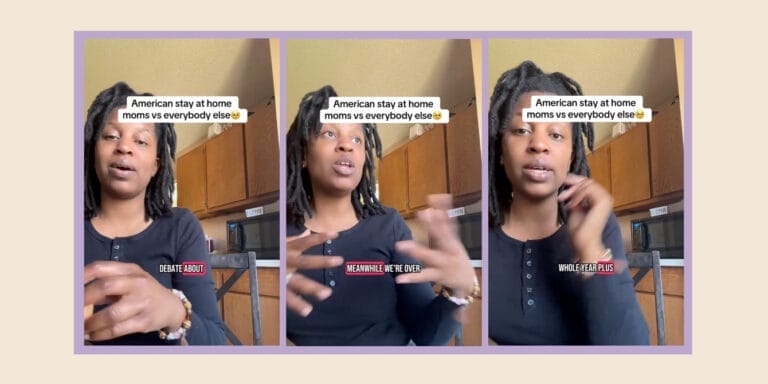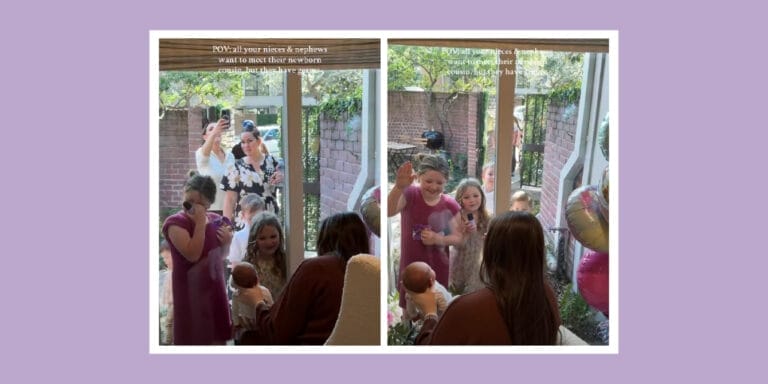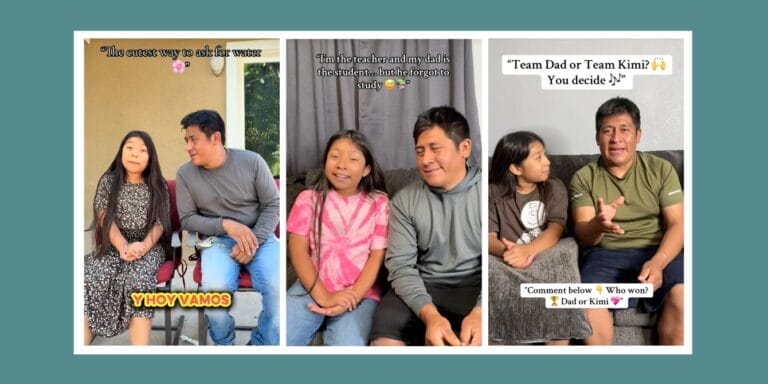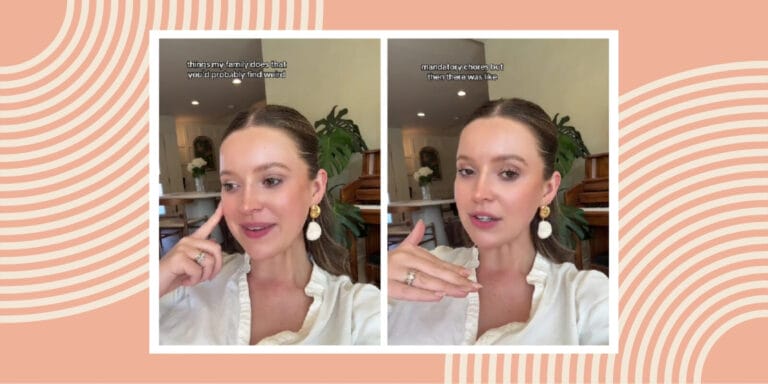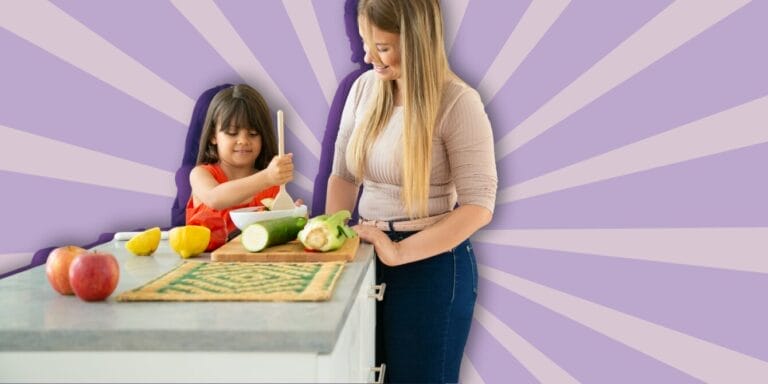No worries, Mama: Saying “Dada” first actually means you & baby are super bonded
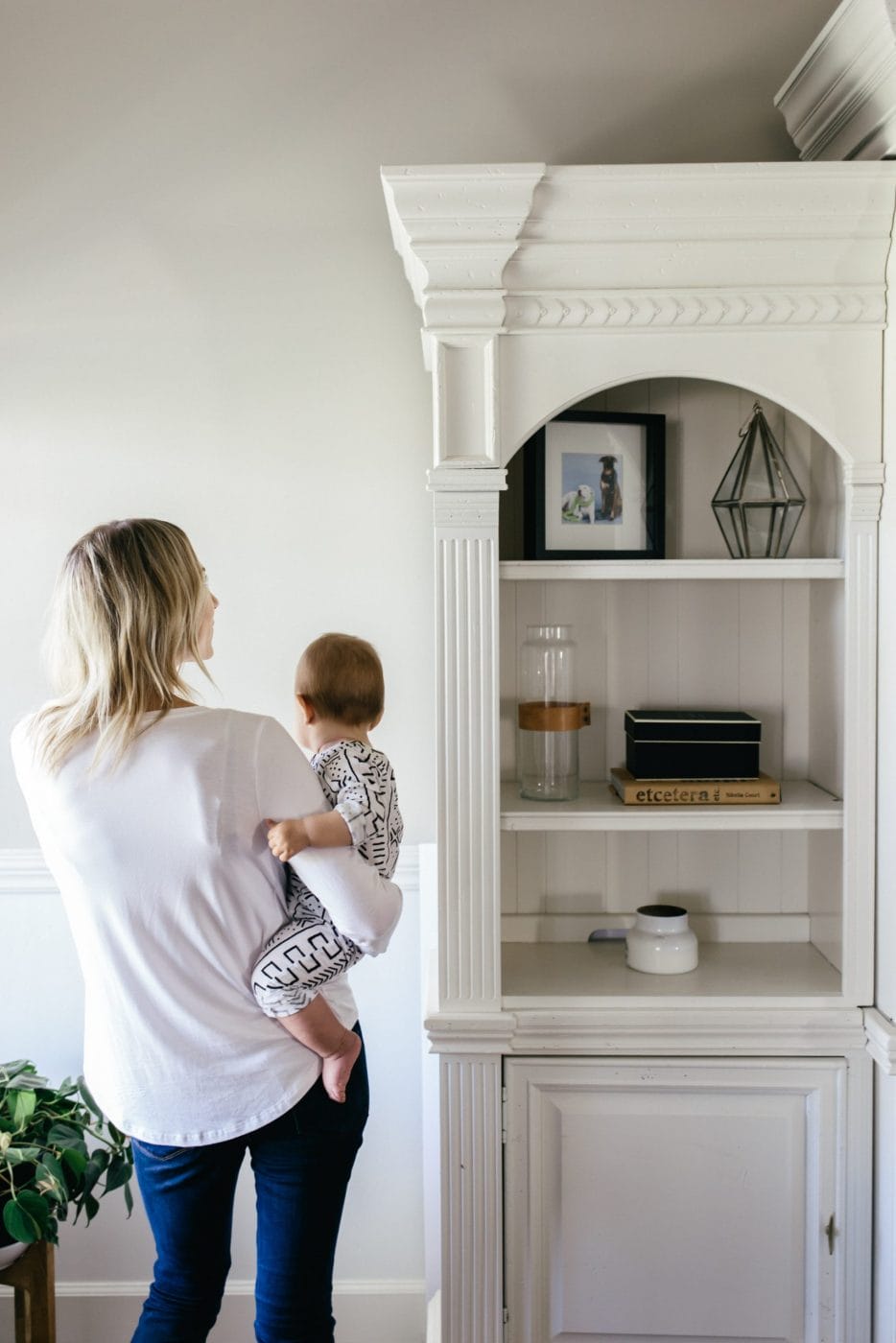
The “d” sound is regarded as more difficult for babies—so why all the “Dadas”?!
When babies start to coo and gurgle, parents listen attentively, waiting for the magical sounds they want to hear—their name. But who comes first, Mama or Dada? While open to speculation among parents, research suggests there is a clear winner.
Linguistic experts continue to debate whether Ds are harder to say than Ms but Heather Goad, a professor at McGill University, is firmly in the Daddy camp. She states Ds are more difficult to pronounce because of the tongue gesture required.
But difficult or not, the first person a child identifies is not who people usually think it will be.
Cross cultural research on baby’s first words shows that the clear winner is Dada. Tardif and colleagues found in more than 900 babies, aged 8 to 16 months from English, Cantonese and Mandarin speaking homes, Dada was the most common first person identified. Mama is not far behind but it does lead to questions as to why in mixed gender homes, Dada seems to come first?
Mothers are often astonished and confused at Dada being the first “person word”’ a child says, especially if they have been at home with them for any length of time. But have no fear—it’s not what you think. The reason Mama usually follows Dada is that she is not the first person a baby sees as being separate from them.
To understand this we need to put these words into developmental context. Shyness instincts in a baby start to appear ideally at age 6 to 7 months. At this time they will demonstrate a clear preference for a primary caretaker. By age 8 to 9 months they will ideally be on their way to demonstrating object permanence, meaning they understand that if someone goes away that they can also reappear again. Babies at this age also begin to understand causality meaning they see they have an impact on the world through their actions. For example, they start to understand that their coos can draw a parent near as well as their cries. This is important as far as the naming process goes. For a child to start to name things, objects need to take on a more permanent form.
Why do babies say Dada first?
When mothers are the primary attachment, babies are still quite fused to them well into their first year of life. The first separation they see from themself is to their father. Dada is usually the first person they identify outside of the mother and baby bond.
Mama usually follows on the heels of Dada and indicates that a child is starting to use words to name permanent objects in their life. What this indicates is a small developmental miracle, a child is being born as a separate, unique being.
While being able to identify Dada and Mama is evidence of a sophisticated self that is emerging, by the age of three, an even more special pronoun can be heard: “I” or “me.”
Three year old children are often adamant that you call them by their preferred name, with proclamations such as, “I am not your honey, I am Matthew!” They are quite sure they can “do it MYSELF,” as if to alert us that indeed, a separate being has formed and is on their way to realizing their own will.
The developmental trajectory of names in a young child reveals the length of time it takes to grow them as a separate person psychologically. In the first three years of life, over 100 billion brain cells will form 1000 trillion connections allowing them to put the pieces of their world together into a coherent whole and for their narrative to take shape.
One of the most remarkable developments in the first three years of life is how they come to grow as a separate person and start to develop their own ideas, preferences, desires and intentions.
While it may start with Dada, the pronouncement of “I” is indicative of a psychological self being born. For the next two to three years the “I” will continue to develop as a child makes sense of their world and discovers their own words and meanings for it. It takes time to grow a separate self and this should be a child’s main preoccupation between the years of 3 to 6 years, thus giving them the appearance of self absorption. The child needs time to develop as a whole person and this is achieved with a focus on the self as governed by instincts, emotions, and brain development that is underway.
Between the age of 5 to 7 years, brain growth should ideally allow a child to consider two separate reference points at the same time. This means they will be able to take into account their own needs, as well as those of others while interacting with them. The “I” can now shift to “WE” and the young child starts to evolve as a social being. At this time, they should be able to handle themself better in social settings and are more likely to meet social expectations for conduct and performance.
The birth of a child as a social being rests on how they unfold first as a separate self. Those magical words at around age 3, “ME DO,” indicates things are well underway.
While Dada is the first person a baby usually identifies in their life, it is only just the beginning. It is the start of a journey to understand who they are and to be able to use their words to share their experiences with others.
A version of this story was originally published on May 16, 2017. It has been updated.












